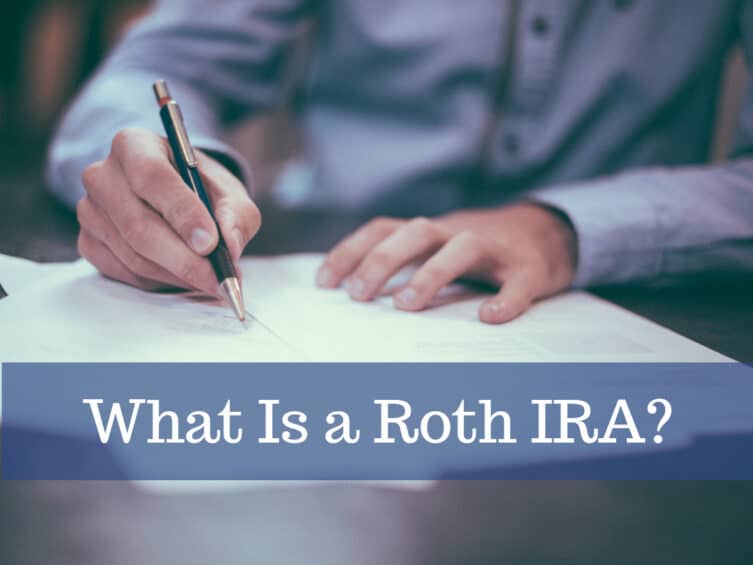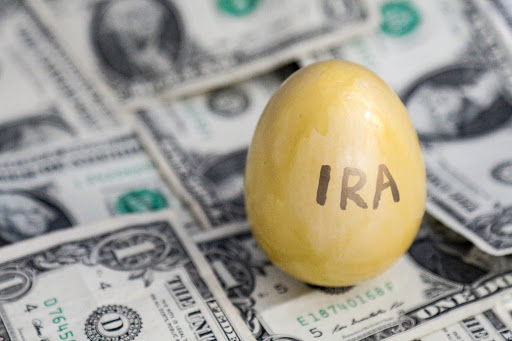Apparently, most Americans are not prepared for retirement. While these people may not be terribly concerned about their future at this point in their lives, many are in for a rude awakening when their income suddenly drops dramatically.
By having an individual retirement account (IRA), you can diversify your portfolio and prepare your finances for your future. You might not know this, but there are actually two different kinds of IRAs: the traditional IRA and the Roth IRA.
While these two accounts aim to accomplish similar goals, there are some major differences between them. Knowing what a Roth IRA is, you could end up saving a significant amount of money in taxes. So if you’re interested in learning how you can better prepare for your retirement, then continue reading and we’ll walk you through everything that you’ll want to know about Roth IRAs.
What Is a Roth IRA?
A Roth IRA is an account where your money grows tax-free. When you finally withdraw funds from your retirement, those withdrawals are also tax-free. You can contribute up to $6,000 ($7,000 for age 50+) each year to your Roth IRA.
How a Roth IRA Works
With a Roth IRA, you pay taxes on the money that you contribute to the account. You can’t deduct these contributions on your taxes. This is different from a traditional IRA, where you don’t pay taxes until you finally make a withdrawal in the future.
Roth IRA contributions are limited by your income. Generally, you can contribute to a Roth IRA if your modified adjusted gross income is less than $194,000 if you are married filing jointly ($132,000 if you are single, head of household, or married filing separately). And unlike a traditional IRA, there aren’t any required minimum distributions.
You can also take out contributions (not earnings) whenever you want. People who are at least 59½ years old and have had an active Roth IRA for five years or more can take distributions (including earnings) without paying taxes.
Why Get a Roth IRA Instead of a Traditional IRA?
When you contribute to an account like a traditional IRA, you’re obviously saving for the future and prioritizing the long-term, but that’s not the entire story.
Each dollar that you withdraw from a plan like this during your retirement will be considered ordinary income, so it’ll be subject to Federal Income tax and State Income Tax (if applicable; Florida doesn’t collect State Income Tax).
You also risk pushing yourself into a higher tax bracket during retirement if you contribute the maximum to your plan—hence, it’s best to look beyond tax-deferred accounts.
Moreover, it can help you save more effectively, too.
Workers who are young and have low income would benefit the most from contributing to this kind of account. By contributing to your Roth IRA early in life, you stand to gain the most from the effect of compounding interest and TAX-FREE income.
Can you get both?
You may be considering a traditional IRA or a Roth IRA. They have different benefits.
Ideally, you should always contribute enough to a 401(k) so that you receive the full employer match. Can you save more? Consider investing into a Roth IRA.
It can be difficult to choose between traditional (pre-tax) and Roth (after-tax) IRA, as it’s often near impossible to predict tax rates in the future. But it’s often a good idea to have both.
Having both will give you more control over your taxable income in the future.
The Importance of Knowing What a Roth IRA Is
By having a Roth IRA, you’ll be able to save for retirement and benefit from some serious tax advantages. And the earlier you start saving, the more prepared you’re going to be. By knowing what a Roth IRA is, you’ll be able to make more educated decisions about your finances.
Are you looking for help with planning your retirement? If so, then contact us today and see what we can do for you!



